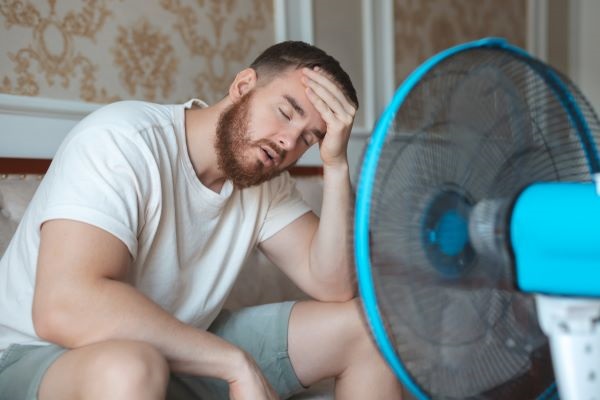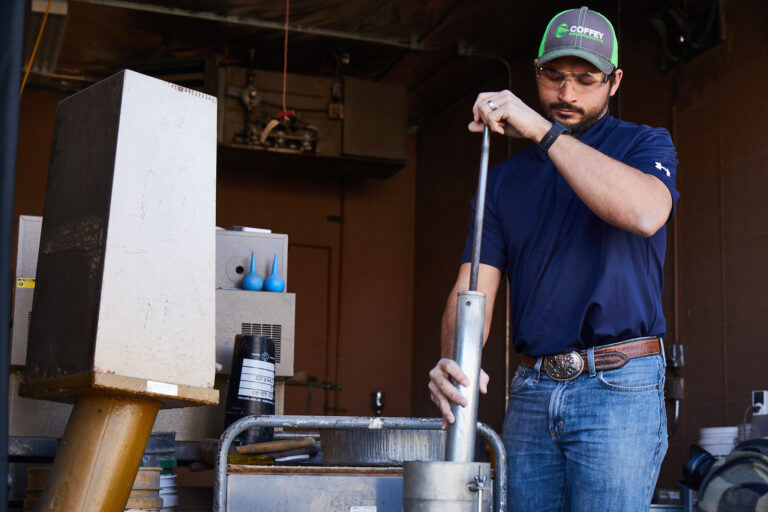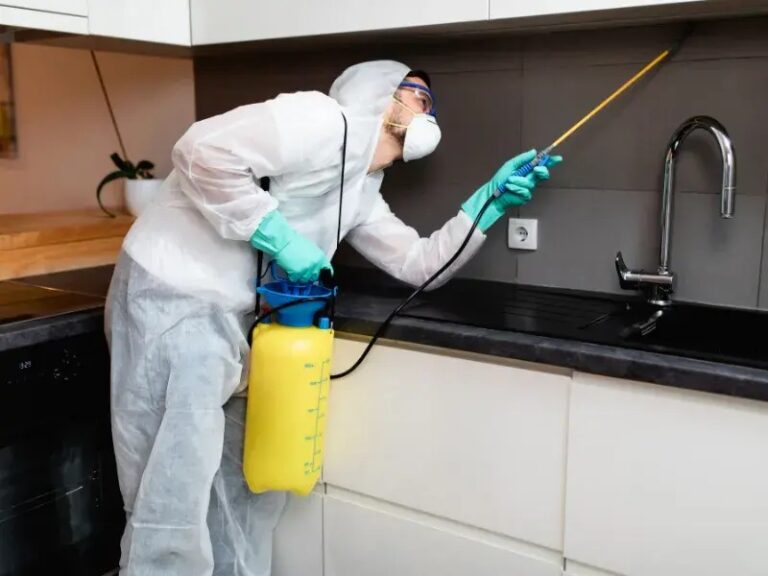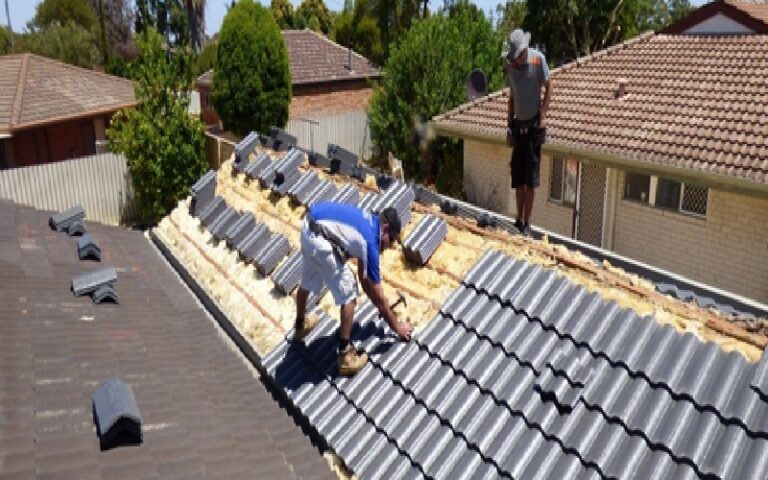Abstract art pieces are fantastic home decorations that can bring everything together while delivering a bold statement. As a homeowner, you might be attracted to the various options available.
When choosing an art piece to decorate your spaces, you might have to decide between coloured and black-and-white abstract art. While their only difference is the hue, their impact on the interior design is significant.
To help you decide between black and white and coloured abstract handprint art, here is an analysis:
Coloured Abstract Art
Abstract art is known for its odd shapes and peculiar colours. Many of these pieces are an explosion of hues and shades that evoke various emotions and thoughts.
Vibrant abstract art can blend in plenty of interior designs, enhancing the mood and bringing in more life.
The Benefits of Coloured Abstract Art
- Atmosphere and Mood–Colours can strongly influence the mood of anyone who lays their eyes on abstract paintings. By placing vibrant pieces, you can set the mood and tone of a room.
- Realism–People associate real life with colours. After all, colours capture the perfect pictures of the world. Abstract art with various hues creates a sense of relatability to viewers and a broader representation.
- Statement–Coloured abstract art is the perfect statement piece for any room, with its vivid appearance capturing attention easily.
- Availability–Coloured abstract art provides a wide range of choices for diverse preferences and design possibilities.
Black and White Abstract Art
Some people say that black-and-white abstract art perfectly defines what abstract is: unconventional and unexpected. You won’t encounter a piece of art that is entirely monochromatic all the time, so consider black-and-white abstract artworks as a genuine portrayal of going against the norms.
Black-and-white abstract art gives a sleek and bold touch to any room it graces. These pieces are for those who are daring in their interior design.
The Benefits of Black and White Abstract Art
- Sophistication and Gracefulness–Monochromatic abstract art exudes elegance and sophistication because they are often associated with timeless classics like vintage photographs and old Hollywood.
- Raw Emotion–The simplicity of black and white abstract art invokes deep feelings and emotional depth, whether a captured memory or pure nostalgia.
- Composition and Texture – While coloured pieces focus on the hues and details, black-and-white abstract art makestexture, contrast, and composition prominent.
- Versatility–Monochromatic abstract artwork can seamlessly blend with almost any décor style, whether contemporary or traditional.
Australia’s Finest Abstract Art Prints
Regardless of shade, abstract art has the uncanny ability to deliver depth and emotion to a home. There is no wrong choice between coloured and black and white; it all depends on the style you want to go with.
If you wantbeautiful abstract pieces to decorate your home, please visit Urban Road.










